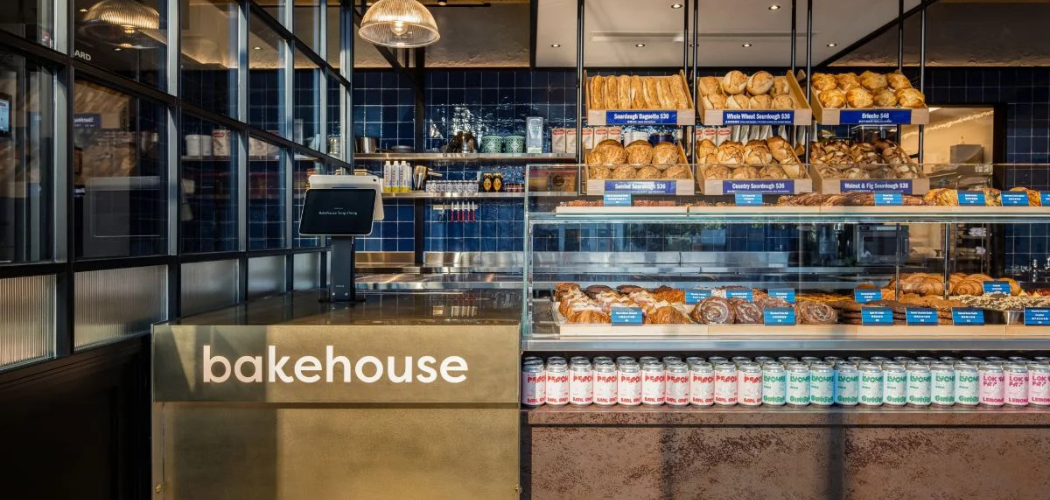Most people understand that marketing strategies are generally used to communicate important messages to clients or customers. However, you may not be aware how effective they are for spreading information within an organization. Being able to reach all employees at once might be particularly useful when dealing with issues surrounding workplace safety. After all, improving safety protocols benefits business owners as well as workers. And crucially, implementing changes on a large scale requires the participation of everyone in the company.
Luckily, there are plenty of marketing strategies we can use to achieve these goals. But before we can elaborate on that, let’s talk about what those methods need to accomplish.
Creating a Culture of Workplace Safety Within an Organization
Naturally, the primary goal of using marketing strategies to implement new workplace safety protocols is to change the attitudes and behaviors of employees. After all, if the culture of safety is non-existent to begin with, these marketing tricks should make employees take it seriously.
Remember, even safety gear that is now ubiquitous had to be introduced at some point. Before companies started mandating hard hats on construction sites in the 1930s, people were making do with what they had. So-called hard-boiled hats made of steamed canvas, glue, and black paint, were patented in 1919. Before then, shipyard workers and other laborers were covering their everyday hats with tar to protect their heads against falling objects.
Needless to say, we now have strict labor laws that mandate the usage of personal protective equipment. However, we are also more aware of dangers other than falling objects. Everything from respiratory protection protocols to sexual harassment is covered by the law. So the only way businesses can protect their employees from these threats is to rigorously pursue safety.
That brings us to the other two goals our marketing strategies have to accomplish. In addition to shifting opinions and behaviors, we also need to secure management commitment and employee involvement. After all, we can’t shift the company culture without engaging these core groups of people. And, since, according to most research, the commitment of management is crucial for changing employee attitudes, we need to start there.
Simply put, if the management doesn’t care about improving the safety culture within the company, the employees won’t care either. But to get the latter group to engage, the management needs to actively participate in the activities we’re about to discuss.
Marketing Strategies That Can Help Improve Workplace Safety
If we want to get employees on board with new safety protocols, there are several methods we can rely on. Those include:
- Establishing a mission statement through slogans and logos
- Publishing materials like safety statistics for the company library or newsletters (which we can spread via e-mail or publish on the company site)
- Incorporating media like posters, displays, and audiovisual presentations
- Providing training seminars for management and workers to further explain stats and new safety protocols
- Organizing special campaigns built around risk assessment, health and fitness promotions, safety inductions, or emergency response drills, to name a few
To elaborate on that final point, we might as well mention that most companies already have some kind of Health and Safety week. Those kinds of events exist to promote a happier and healthier workplace. Moreover, they often include many of the activities we’ve listed above, including seminars, evacuation drills, health checks, and various team-building exercises.
So if you wanted to promote a new safety protocol and your organization already has a similar kind of event, that would be a perfect time to introduce it. But how would we draft a comprehensive marketing campaign with these techniques?
How to Introduce New Safety Precautions Within an Organization
To begin crafting our campaign, we must identify an existing safety issue we want to solve. Ideally, you would do so by gathering incident statistics and maybe even having an employee suggestion box. Remember, most industries have to deal with their own, unique problems.
For example, let’s look at the cleaning staff in the hotel industry. Unlike front desk workers who have security on stand-by, these employees often enter hotel rooms alone and work behind closed doors. Obviously, most hotel patrons aren’t hostile. Be that as it may, one unpleasant experience is all it takes for a worker to feel unsafe.
In addition to lowering a worker’s productivity, feeling unsafe while on the job might eventually cause them to quit. So what can we do to make these employees feel safer even when they’re not close to other workers? Well, one solution would include equipping these staff members with a Bluetooth alert button.
Once we have a solution in mind, though, we have to make it marketable to the employees. Following the system we have laid out above, we could launch the campaign during the company Health and Safety Week. By then, we need to have a catchy slogan like “You’re never alone” or “Backup at the push of a button.”
That should be enough to start making promotional materials like posters and video tutorials explaining the features of the technology. You can also organize in-person training where you could showcase the device’s ability to pinpoint someone’s location down to the room they’re in.
All these things should effectively achieve the goals we’ve laid out above. In addition to helping us bring in this new protocol, organizing these events would guarantee both management and employee involvement.
When Will We Experience the Benefits to the Organization?
The best thing about these kinds of comprehensive marketing strategies is that we should notice their effects almost immediately. Having a proactive safety program will improve the way your organization handles risk assessment, increase management accountability, and make employees more productive. On top of that, caring for its employees’ safety will certainly improve the company’s reputation. If nothing else, that will attract more business partners, clients, or patrons — as well as potential employees!




